AMD Unveils New AI Hardware, Software & Infrastructure at Advancing AI Developer Conference
AMD has detailed its roadmap for Ai development at its Advancing Ai 2025
event in San Jose, introducing a new wave of silicon, infrastructure and open
software designed to support a broad, industry-wide push toward more accessible
and efficient Ai systems.
The
company showcased what it described as a complete, end-to-end Ai platform,
anchored by the launch of its latest Instinct MI350 Series accelerators and
ROCm 7 software stack.
Speaking
at the event, AMD Chair and Chief Executive Dr Lisa Su said, “We are entering
the next phase of Ai, driven by open standards, shared innovation and AMD’s
expanding leadership across a broad ecosystem of hardware and software partners
who are collaborating to define the future of Ai.”
Hardware
Highlights Include MI350 And Preview Of Helios
The
new MI350 Series includes the Instinct MI350X and MI355X accelerators, which
AMD claims deliver up to four times more compute and 35 times more inferencing
performance than the previous generation. It also cited a 40 per cent
improvement in tokens-per-dollar when compared to competing alternatives.
AMD
also previewed its upcoming “Helios” rack-scale Ai infrastructure. Due for
release after 2025, Helios will be powered by MI400 GPUs and “Zen 6”-based EPYC
“Venice” CPUs, as well as AMD Pensando Vulcano networking cards. AMD says the
platform is designed for inference tasks involving Mixture of Experts models
and will support large-scale Ai development.
The
ROCm 7 software stack is set to play a central role in AMD’s Ai ambitions. It
features expanded support for frameworks, development tools, and compatibility
across hardware. According to AMD Corporate Vice President Anush Elangovan,
ROCm 7 is aimed at improving performance while making it easier for developers
to build and deploy Ai applications.
Energy Efficiency And Developer Access
Energy
efficiency was a key focus of AMD’s announcements. The company claimed the
MI350 Series surpassed its previous five-year target of a 30x energy efficiency
gain, instead reaching 38x. AMD also committed to a new 2030 goal, aiming for a
20x improvement in rack-scale energy efficiency compared to 2024. According to
AMD’s Sam Naffziger, these gains would allow a model currently requiring over
275 racks to be trained using fewer than one by the end of the decade.
AMD
also launched the AMD Developer Cloud, offering developers access to a managed
Ai environment built for scalability. Partnerships with platforms including
Hugging Face, OpenAI and Grok were cited as examples of collaborative efforts
around open-source Ai development.
Key Partners Outline Joint Efforts
Several
partners joined AMD at the event to share how they are integrating Instinct
accelerators into their operations.
Meta
said it is deploying MI300X hardware for Llama 3 and Llama 4 inference, and is
planning to adopt the MI350 Series for future Ai infrastructure. The company
also indicated ongoing collaboration with AMD on the next-generation MI400
platform.
OpenAI
Chief Executive Sam Altman highlighted the need for jointly optimised hardware
and software. He confirmed OpenAI is using MI300X for its models on Azure and
is working closely with AMD on MI400 platform development.
Oracle
Cloud Infrastructure (OCI) is among the first to use AMD’s rack-scale infrastructure,
deploying up to 131,072 MI355X GPUs in Ai clusters. OCI is positioning the
infrastructure to support large-scale model training and inference for
customers.
Microsoft
confirmed that Instinct MI300X is being used for both proprietary and open-source
models in production on Azure. Other announcements came from Cohere, which is
deploying its Command models on AMD hardware, and Red Hat, which is integrating
AMD GPUs into Red Hat OpenShift Ai environments.
Astera
Labs and Marvell also participated in the event, discussing their involvement
in the UALink Consortium, which is working to create open interconnect
standards for Ai infrastructure.



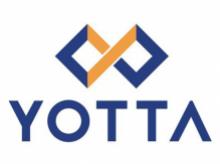
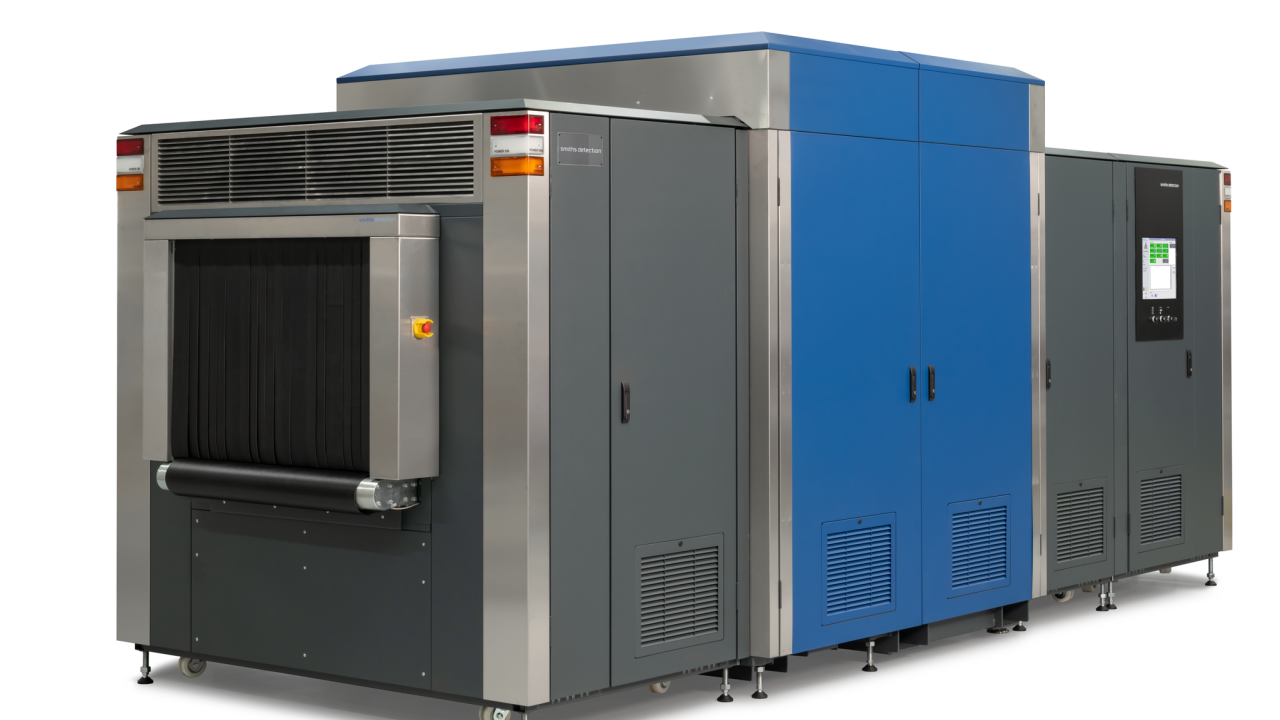
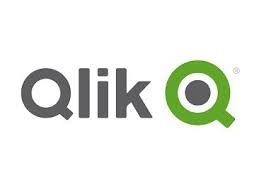






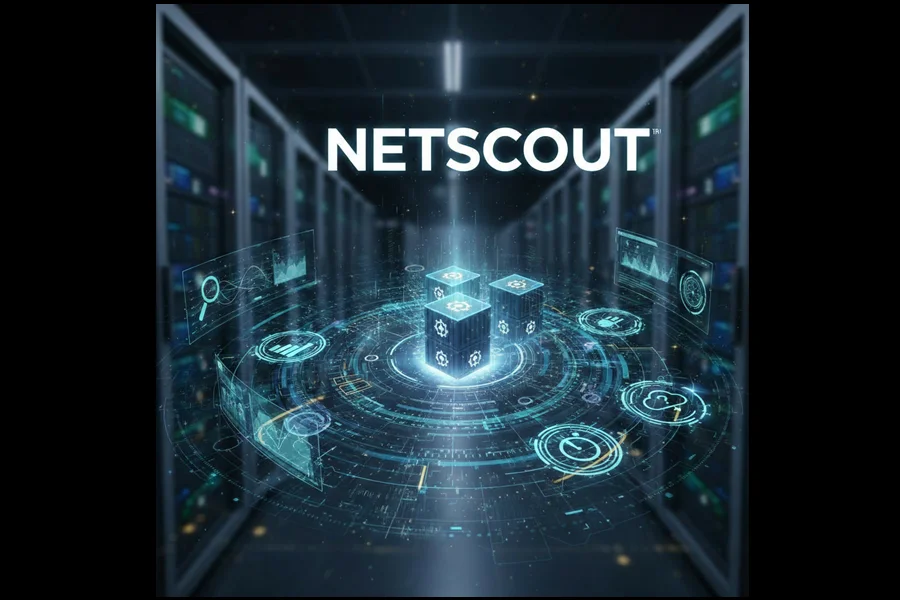

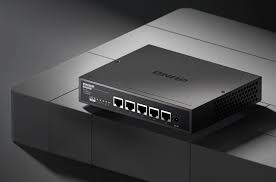
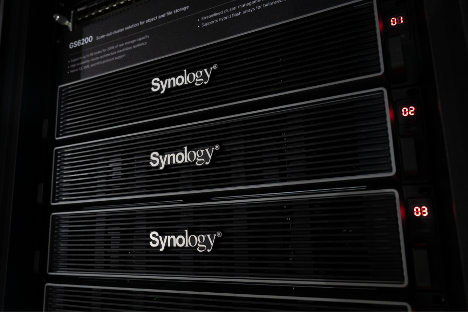
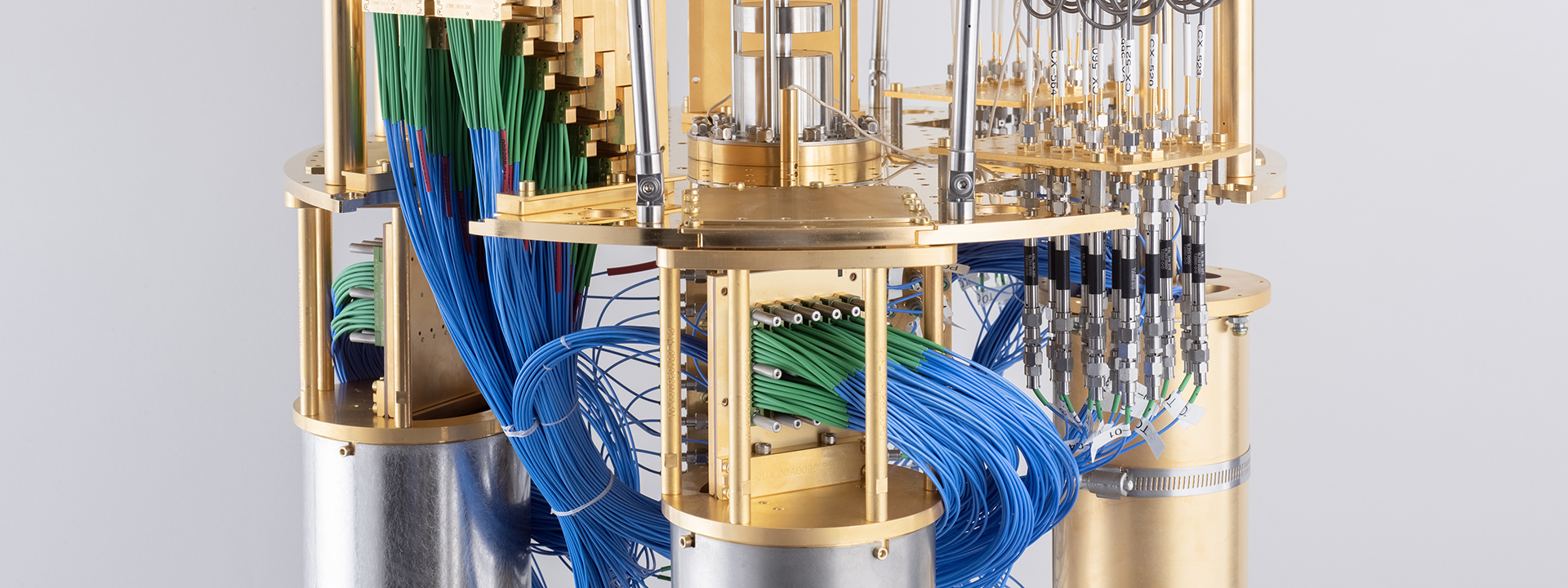






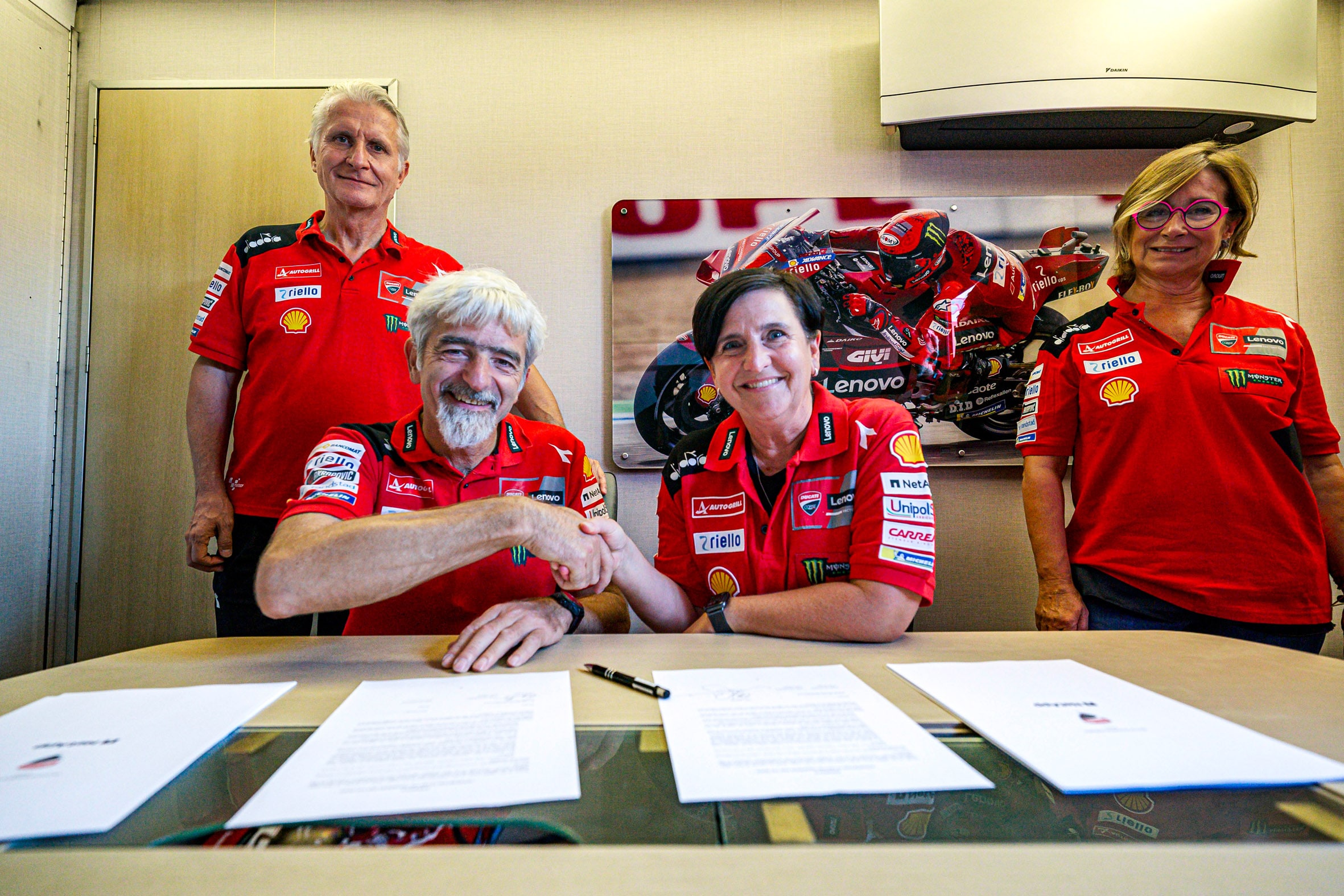
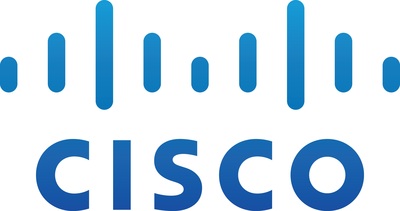








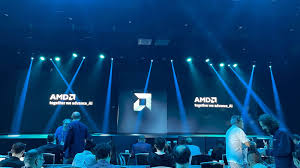
Leave A Comment